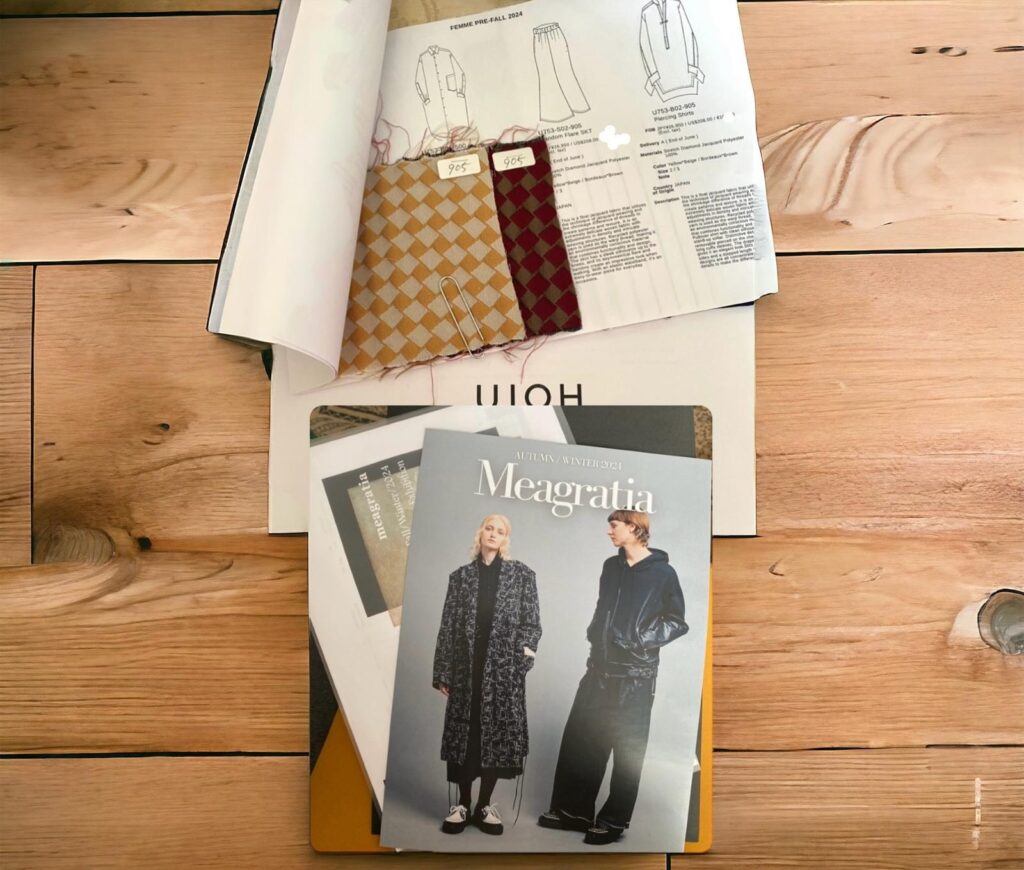Hints of Sustainability at PFW
Are These Sustainability Efforts Credible?
On the last days of Paris Fashion Week Fall/Winter 24-25, hints of sustainability emerged. Yet, amidst these hopeful murmurs, recent revelations cast a shadow of doubt over the industry’s commitment to genuine change.
Stella McCartney’s fashion show opened with a call to action to save the planet. In the video, Mother Nature sends a message to humanity: “It’s About Fucking Time.” Perhaps gentle words are no longer sufficient to spur the necessary transformation. Indeed, the stark reality of increased pollution rates this year tempers our optimism.
Apparently, Stella McCartney, an environmental activist, operates through sustainable practices. In fact, the media present her as one of the brands more involved in the discussion around sustainability.
However, reports from Business of Fashion unveil staggering figures of unsold inventory weighing heavily on these conglomerates. We quote B.O.F.: “LVMH and Kering are grappling with billions of dollars of unsold inventory.”
Analyzing sustainability hints and related news
Now, let’s compare the two pieces of news in an attempt to understand more about sustainability. In this juxtaposition, a disconcerting dissonance emerges.
LVMH and Kering are the largest conglomerates in the fashion industry. LVMH owns Louis Vuitton, Givenchy, Dior, Fendi, Celine, Kenzo and many more. Kering owns Gucci, Balenciaga, Bottega Veneta, McQueen, Saint Laurent, and more.
Despite both groups having billions of dollars of unsold inventory, they have made countless new samples for the fashion weeks. No one tried to create beautiful presentations with fewer garments. Moreover, they are ready to churn out tons of new clothes and accessories for the Fall/Winter 24-25 season.
In 2019, Stella McCartney signed a deal with LVMH group to accelerate its worldwide development in terms of business and strategy. Before, the designer partnered with the rival conglomerate Kering. So, McCartney stands at the intersection of conflicting narratives.
Can a designer embedded within a behemoth corporation, driven by perpetual growth and overproduction, truly champion sustainability? Stella McCartney’s game recalls the manoeuvres politicians play. Perhaps sustainability in fashion remains a game of optics, a veneer to placate conscientious consumers.
Conclusion: unanswered questions
The hints of sustainability that emerged at Paris Fashion Week appear diluted, if not altogether illusory. The sobering reality of overproduction and the unsolved dilemma of excess inventory force us to confront uncomfortable truths about the industry’s commitment to change.
In conclusion, lingering questions remain with us: What fate awaits the mountains of unsold garments? Will they be incinerated, shipped off to distant shores, or left to languish in forgotten warehouses? And can we truly place our trust in designers who navigate the corridors of power within colossal conglomerates?
The answers to these questions may hold the key to unlocking a more sustainable future for fashion. One grounded not in superficial gestures but in substantive action and genuine accountability.
Hints of Sustainability at PFW Read More »

